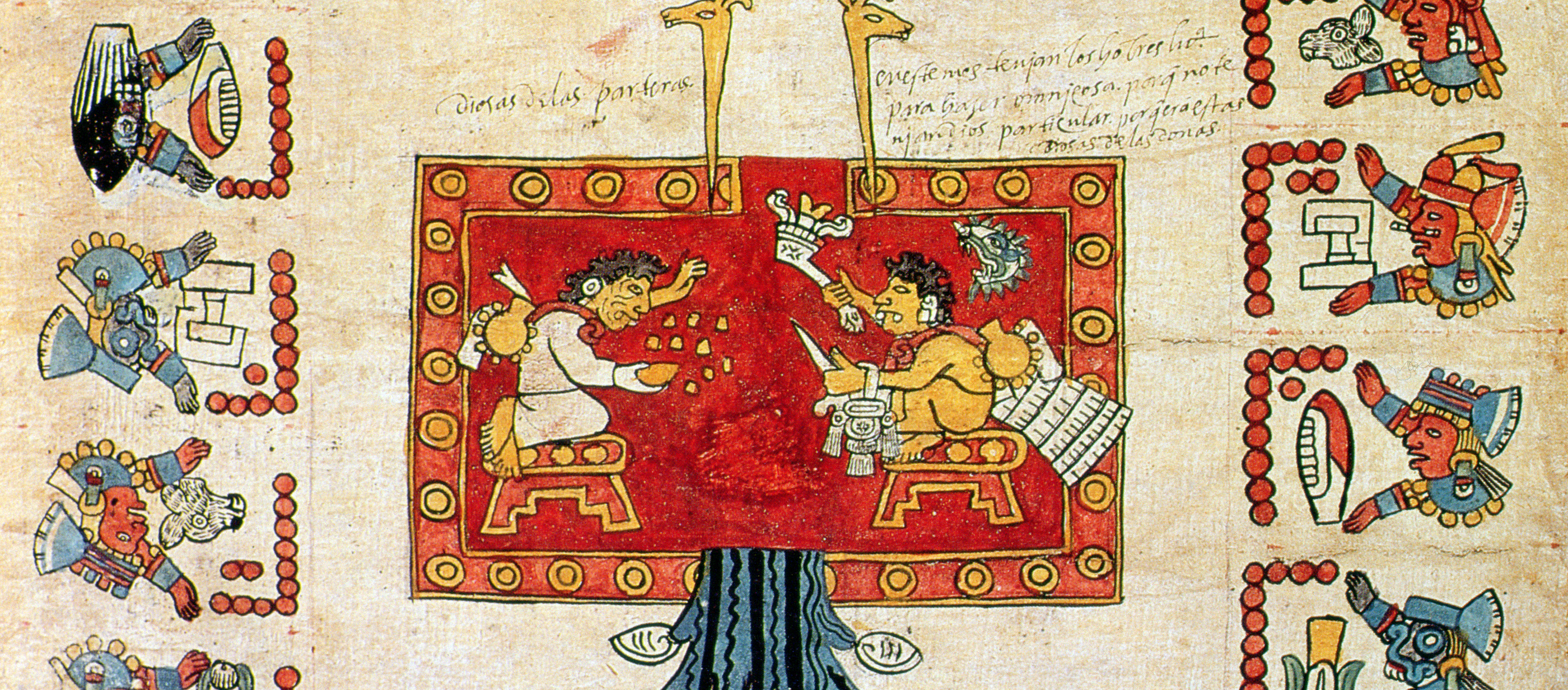by JOHN CROWLEY

It’s possible to live in more than one time, more than one history of the world, without feeling a pressing need to reconcile them.
Then what is time?” St. Augustine asked himself in his Confessions. “I know what it is if no one asks; but if anyone does, then I cannot explain it.”
Augustine saw the present as a vanishing knife edge between the past, which exists no longer, and the future, which doesn’t yet. All that exists is the present; but if the present is always present and never becomes the past, it’s not time, but eternity. Augustine’s view is what the metaphysicians call “presentism,” which holds that a comprehensive description of what exists (an ontology) can and should include only what exists right now. But among the things that do exist now are surely such things as the memory of former present moments and what existed in them, and the archives and old calendars that denote or describe them. Like the dropped mitten in the Ukrainian tale that is able to accommodate animals of all sizes seeking refuge in it from the cold, the ever-vanishing present is weirdly capacious—“There’s always room for one more!”
…
In November 1953, when I was eleven, Time magazine reported on the exposure of a long-ago scientific hoax; the title of the article was “End as a Man”:
For more than a generation, a shambling creature with a human skull and an apelike jaw was known to schoolchildren, Sunday-supplement readers, and serious anthropologists as “the first Englishman.” He was “Piltdown Man,” and he was supposed to have lived anywhere from 750,000 to 950,000 years ago. Last week three British scientists, armed with modern chemistry, demolished Piltdown man.
My family had a subscription to Time—its general pro-Catholic, “American Century” disposition aligned with my father’s, and it had a middlebrow aura of intelligent probity. I may have read this article—probably would have, if I saw it. I was fascinated by fossils and archaeological finds. I looked for fossils in Kentucky slate, and faked one myself when I grew restive at finding none: a nice little trilobite, etched into stone by knifepoint and pretty convincing (to me). Piltdown Man’s relics were made from a human cranium and the jaw of an ape—an orangutan, actually—and a single canine, ground down to resemble an early human’s tooth. The oddity never fit with other early humans in that ascension shown in old textbooks (and still seen in cartoons) from remotest knuckle-dragging ancestor to modern man. The fake ancestor, Time said, may not have been planted by his original discoverer: “More likely, the difficult hoax was perpetrated by an erudite joker who enjoyed in silent satisfaction his success in fooling the experts.”
One of those jokers, it would later appear, may well have been a young paleontologist and Jesuit priest who went on to formulate his own highly original theory of the descent of man from nonhuman ancestors and man’s future ascent through millennia of evolution to a posthuman omega point. Pierre Teilhard de Chardin was a hero to a certain class of educated Catholics of the 1950s: a priest and a scientist, a thinker who seemed able to reconcile two kinds of time: the immensity of unfigurable pastness and futurity, and Jacobus’ box of time shaped by God from the fiat lux to the Apocalypse.
Laphams’ Quarterly for more
